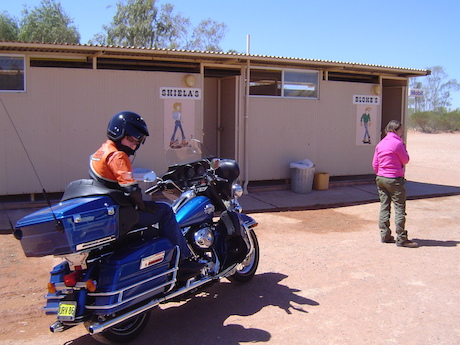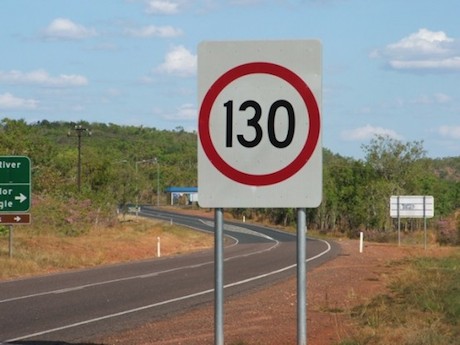Despite a zero fatality rate on highways with open speed limits, the Northern Territory has once again returned to 130km/h speed restrictions.
The NT used to have open speed limits on its highways, but in 2006, the then Labor Government imposed a 130km/h limit.
Instead of accidents reducing, they increased. In fact, 307 died in the NT over the next six years, 15 more than in the previous six years.
Last year, the NT government decided to permanently allow motorists to choose their own speed on a 336km section of the Stuart Highway after a successful 18-month evidence-based trial.
Despite the trial’s success and the past year’s zero road fatalities, this new government announced after recent elections that they would remove the unlimited sections.

It is now official. They will return to 130km/h from November 21.
Deputy Chief Minister Nicole Manison says their fatality rate is the highest in the country.
“Speed is a contributing factor to 25% of deaths on Territory roads and we must do everything we can to reduce that rate,” she says.
However, traffic counter data from the previous NT government’s six-month trial showed there was only a small increase in driver speed in the trial sections, with 85% of drivers travelling 133-139km/h.
Together with the zero fatality toll on the unrestricted highways surely it proves that open speed limits work and motorists aren’t so stupid as to consistently ride or drive outside their comfort zone.
Veteran motorcycle travel guide Peter Colwell says NT motorists will now return to speedo gazing.
“So now we will have fatigue and speedo-gazing fatalities in the NT as well as everywhere else,” he says.
While NT surgeon David Read supports the restriction, he also points out that the Territory has very low seat belt usage and very high drink driving rates.
Peter points out that the vocal medical fraternity are not necessarily experts on road safety.
“Some might not even drive,” he says.
“They cannot claim any more expertise in road safety than the average citizen, perhaps less, given they are among the busiest people in the land in their ‘offices’.
“They repair broken bodies but don’t tell people how to live, so why tell them how to drive? It’s not logical.”
The yo-yo speed limits of the NT over the past few years are a direct result of party politics.
“Why are speed limits political?” Peter asks.
“It’s asinine. The Newell Highway in NSW was dropped to 100km/h under Labor, but went back up to 110 when the government changed.
“That is really ridiculous when you think about it.”
Advocates of increasing the speed limit on some highways say motorists are safer because they focus more when they are driving faster.
In fact, the only drawback in allowing faster speed limits on certain open highways is that fuel consumption increases substantially. The optimum speed for fuel economy on most motorcycles is about 80-km/h, depending on the aero of the bike.
If you’d like to try the NT’s open speed limits before they close again, be aware that the derestricted zone is only on 336km of the Stuart Highway between Alice Springs and the Ali Curung rail overpass.



I’ve ridden the Stuart Highway before and it provides plenty of vision, but even at 130km/h you have to watch out for emus running out from behind saltbushes close to the road.
The surface was also fairly bumpy and the big old Harley Ultra I was riding two-up started bottoming out on some of the bigger lumps.
However, the previous government spent $4.4 million upgrading the Stuart Highway to suit the higher speeds. It also allocated $2.5 million to clear vegetation from the edge of the highway, widen curves and improve the marking and signage.
So the highway is now safer, yet slower!



